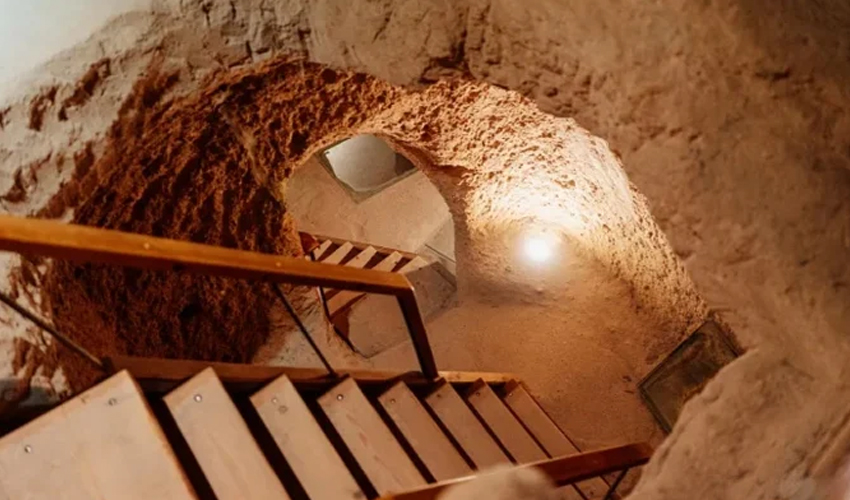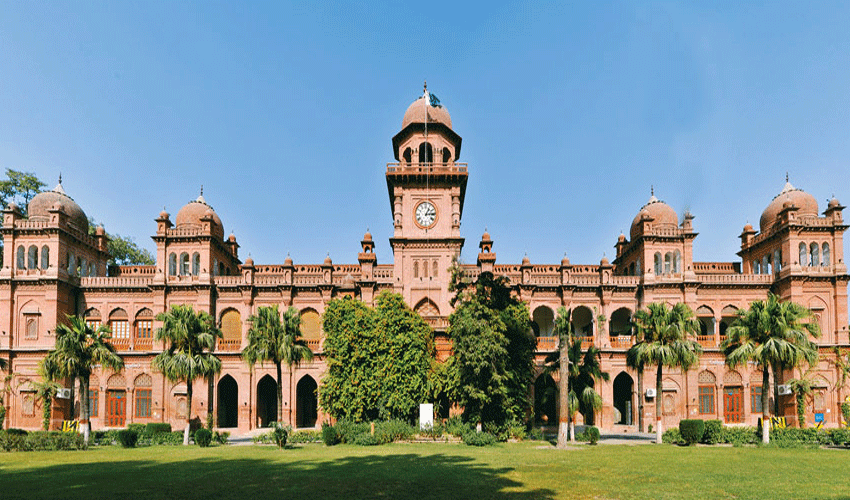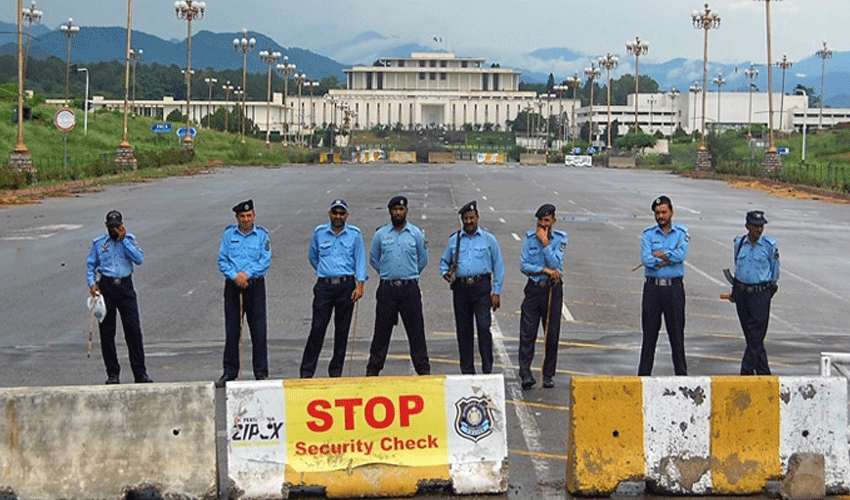Hidden beneath the surface of our world lies a myriad of secrets waiting to be uncovered. One such remarkable discovery occurred a few decades ago in Turkey, revealing an underground city that had remained concealed for centuries.
In the 1960s, during a routine house renovation in the Turkish town of Derinkuyu, an unsuspecting homeowner stumbled upon a hidden marvel. While tearing down a basement wall, the man discovered a tunnel that led to an extensive network of chambers and halls. This unexpected find turned out to be a vast underground complex, abandoned and forgotten over time.
This underground city, sprawling across 18 stories and reaching a depth of 280 feet, was so expansive that it could accommodate up to 20,000 people. The mystery surrounding its origins and abandonment still intrigues historians and archaeologists today.
Located in the Cappadocia region, known for its stunning natural formations, this subterranean city is a testament to the ingenuity of ancient civilizations. The soft volcanic rock in the area made it feasible to carve out extensive living spaces, although creating stable, cave-like structures required careful engineering. Despite the potential risks, no part of this ancient city has collapsed, showcasing the skill of its builders.
Experts suggest that the city may date back to between 2,300 to 3,000 years ago, although some believe it was constructed in the 1st century AD. The exact age remains a topic of debate, but its purpose is clearer. Many theorize that it was initially built to provide refuge from invading forces. Others propose that it served as a shelter from the region's harsh climatic conditions, offering a stable underground temperature ideal for living and storing crops.
The rediscovery of Derinkuyu has turned it into a major tourist attraction in Cappadocia, drawing visitors eager to explore its historical depths. This extraordinary find, unveiled by chance, reminds us of the hidden wonders that lie beneath our feet, waiting to be revealed.


























